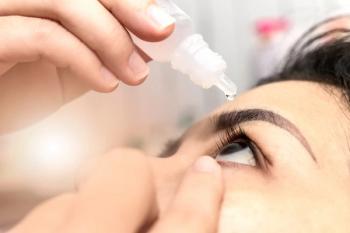
Survey: CL wearers cut corners in eye care that they wouldn’t in other personal hygiene
According to the survey, a majority of consumers admit to a number of behaviors that could lead to dirty lenses, and ultimately, discomfort or infection. For example, storing CLs in tap water rather than in disinfecting solution (35%) or failing to rinse lenses with disinfecting solution before placing them in their lens storage case (55%).
Dallas-Most contact lens (CL) wearers in the U.S. put their eyes at risk by cutting corners and adopting bad habits when it comes to CL care hygiene and practices, according to a global survey conducted by Wakefield Research for
For example, 76% of consumers surveyed wouldn’t bathe in yesterday’s bath water, yet 92% of U.S. CL wearers surveyed reuse or “top off” lens solution instead of pouring it out and using fresh solution each day. This common habit does not effectively clean or disinfect CLs.
According to the survey, a majority of consumers admit to a number of behaviors that could lead to dirty lenses, and ultimately, discomfort or infection. For example, storing CLs in tap water rather than in disinfecting solution (35%) or failing to rinse lenses with disinfecting solution before placing them in their lens storage case (55%).
Other common habits include:
- Wearing CLs for additional or more days than recommended by the manufacturer (66%)
- Failing to disinfect CLs overnight, and before taking them out of the lens case and putting them in your eye
- Rinsing a CL by putting it in the mouth
̢۬Direct your patients to
Newsletter
Want more insights like this? Subscribe to Optometry Times and get clinical pearls and practice tips delivered straight to your inbox.
















































.png)


